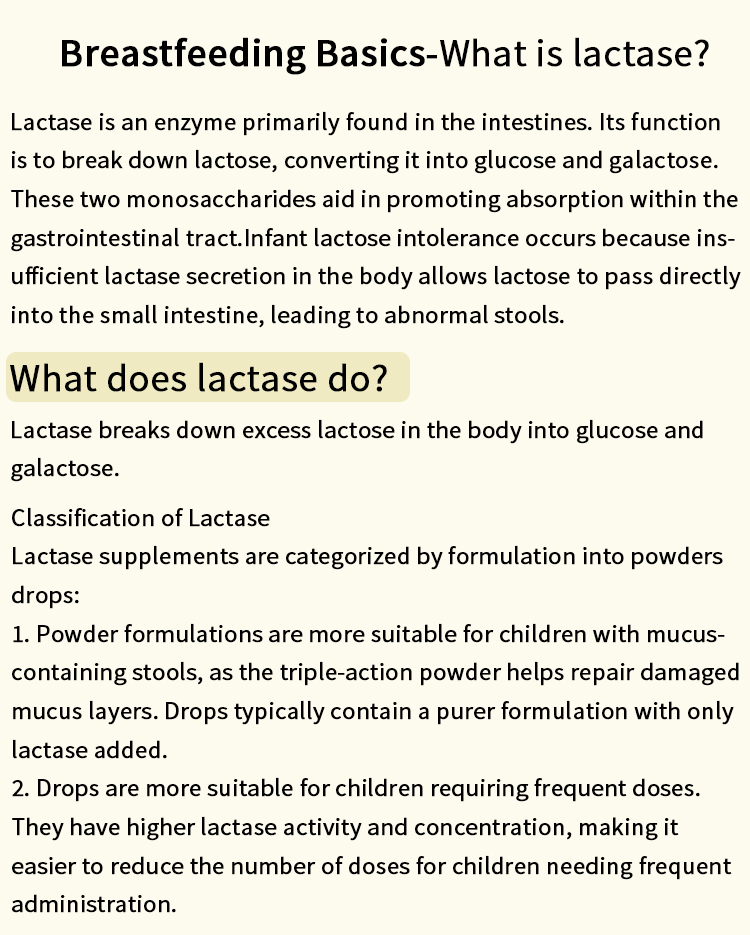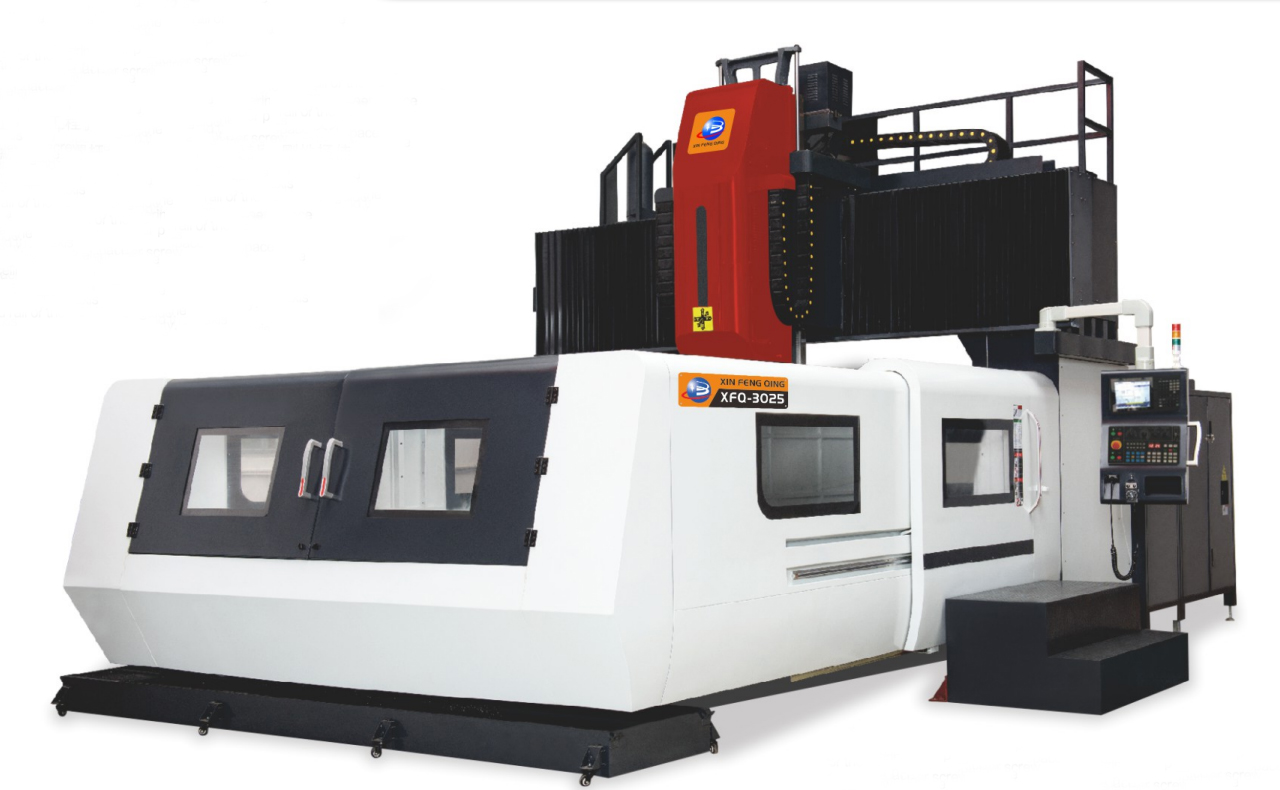In an increasingly interconnected world, the choice of transportation plays a pivotal role in shaping economies, influencing lifestyles, and impacting the environment. As urbanization accelerates and global trade expands, understanding what constitutes the most preferred transport is essential for policymakers, businesses, and individuals alike. This article delves into various transport modes, examining their advantages, disadvantages, and the factors influencing their preference.
The Landscape of Transportation Modes
Transportation can be broadly categorized into several modes: road, rail, air, maritime, and non-motorized transport. Each mode has its unique characteristics, serving different needs and preferences.
- Road Transport
- Advantages: Flexibility and accessibility are the hallmarks of road transport. It allows for door-to-door service, making it ideal for short to medium distances. The proliferation of ride-sharing services and electric vehicles has further enhanced its appeal.
- Disadvantages: However, road transport is often plagued by traffic congestion, high emissions, and safety concerns. Urban areas, in particular, face challenges related to pollution and road maintenance.
- Rail Transport
- Advantages: Rail transport is known for its efficiency and capacity, particularly for moving large volumes of goods over long distances. High-speed trains have revolutionized passenger travel, offering a fast and environmentally friendly alternative to air travel.
- Disadvantages: The initial investment in rail infrastructure can be substantial, and the flexibility of routes is limited compared to road transport. Additionally, rail services may not be as frequent or accessible in rural areas.
- Air Transport
- Advantages: Air travel is the fastest mode of transport, making it indispensable for international travel and time-sensitive cargo. The global aviation industry has seen significant advancements in safety and efficiency, making it a preferred choice for long-distance journeys.
- Disadvantages: The environmental impact of air travel is considerable, with high carbon emissions per passenger mile. Additionally, the cost of air travel can be prohibitive for many, especially when considering additional fees and taxes.
- Maritime Transport
- Advantages: Maritime transport is the backbone of global trade, accounting for over 80% of international goods transport. It is cost-effective for bulk shipments and has a lower environmental impact per ton-mile compared to road and air transport.
- Disadvantages: However, maritime transport is slower and less reliable due to weather conditions and port congestion. It also requires significant infrastructure investment and coordination with land transport systems.
- Non-Motorized Transport
- Advantages: Walking and cycling are gaining traction as sustainable transport options. They promote health, reduce traffic congestion, and lower emissions. Many cities are investing in bike-sharing programs and pedestrian-friendly infrastructure.
- Disadvantages: The practicality of non-motorized transport is limited by distance, weather, and safety concerns, particularly in urban areas with heavy traffic.
Factors Influencing Transport Preferences
The choice of transport mode is influenced by various factors, including:
- Cost: Affordability remains a primary concern for consumers. The total cost of ownership, including fuel, maintenance, and insurance, plays a significant role in determining preferences.
- Convenience: The ease of access, frequency of service, and travel time are critical factors. Consumers often gravitate towards modes that offer the least hassle and the most direct routes.
- Environmental Impact: With growing awareness of climate change, many individuals and businesses are prioritizing sustainable transport options. This shift is prompting investments in electric vehicles, public transit, and cycling infrastructure.
- Technological Advancements: Innovations such as autonomous vehicles, smart logistics, and digital platforms for ride-sharing are reshaping transport preferences. The integration of technology enhances efficiency and user experience, making certain modes more appealing.
The Future of Preferred Transport
As we look to the future, the most preferred transport modes will likely be those that balance efficiency, cost, and sustainability. The rise of smart cities and the emphasis on reducing carbon footprints will drive innovations in public transport and non-motorized options. Additionally, the ongoing development of electric and autonomous vehicles promises to transform road transport, making it cleaner and more efficient.
Conclusion
In conclusion, the question of what constitutes the most preferred transport is multifaceted and evolving. While road, rail, air, maritime, and non-motorized transport each have their strengths and weaknesses, the future will favor modes that prioritize sustainability, efficiency, and user convenience. As individuals and societies navigate these choices, understanding the dynamics of transport preferences will be crucial in shaping a more connected and sustainable world.






+ There are no comments
Add yours